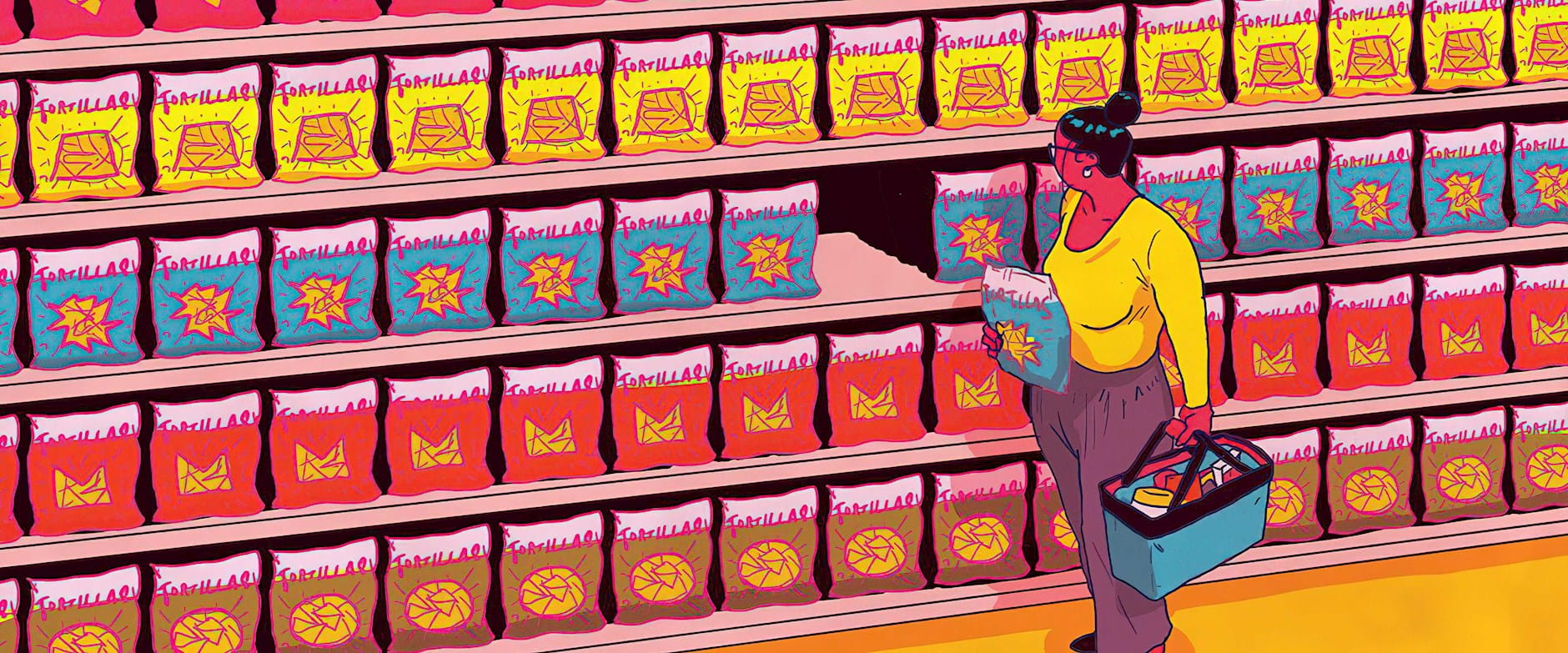In the old days—say, 1980—many consumers shopped for specific brands that offered a limited number of products in each category. For example, Frito-Lay’s Tostitos tortilla chips, first distributed nationally in 1980, offered one chip style and only two flavors.
Now, consumers have a vast range of options, as brands split categories of goods into ever smaller niches. Shoppers increasingly select these niche products, according to Chicago Booth’s Brent Neiman and Joseph S. Vavra.
To study niche consumption trends from 2004 to 2016, the researchers used Nielsen Homescan Data from Booth’s Kilts Center for Marketing. They looked at weekly purchasing patterns from 170,000 households across the United States, representing nearly 700 million individual transactions and 118 product groups.
Their findings suggest that consumers generally benefit from a proliferation of niche items because they can more easily find products that match their unique tastes. Frito-Lay, for example, offers multiple flavors of Tostitos, including multigrain, roasted garlic and black bean, and hint of lime. Its chip styles include scoops, crispy rounds, and original restaurant.
Each consumer’s grocery basket increasingly differs from that of his or her neighbors, write Neiman and Vavra. One Tostitos consumer may prefer round chips, another may prefer scoops, and another, the artisan-baked three-cheese-queso variety.
“From a sociological standpoint, we think it’s interesting to demonstrate that—in much the same way we are segmenting in other walks of life—our shopping carts look increasingly different from one another,” Neiman says.
But as a result of these purchasing patterns, aggregate spending concentration has decreased, even as individual households’ concentration on niche items has increased. Consider Tostitos’ roasted-garlic-and-black-bean tortilla chips. This niche product alone would not claim increased market share because only a limited number of households would be loyal to it. “I now purchase hint of lime and you purchase black bean, and the overall marketplace now gets split between these two products,” says Vavra. “So, in this example, regular Tostitos loses market share to these two niche products, but neither on its own has a huge share of total sales.”
The researchers find that this increased consumption of niche products existed across multiple populations—all ages, incomes, education levels, and races. Niche consumption, say the researchers, seems to be increasing in most US locations, but in the period they studied, it was highest in cities such as Chicago, Boston, and Los Angeles.
The product categories for which niche consumption increased the most included coffee, disposable diapers, and fresheners and deodorizers. These product categories generally also had the fastest growth in the number of products available.
To explain these patterns, the researchers built a model in which each household chose how many products to buy, spent different amounts on each, and diverged from other households in product choice. Perhaps surprisingly, average product markups in the model stayed flat even as product choice expanded. On the one hand, greater competition from a wider range of products reduced markups. On the other hand, the presence of new niche products meant that households might have found some products particularly appealing and were willing to pay higher prices to purchase them, which pushed up markups. The researchers demonstrate how these two forces may have largely canceled each other out, leaving markups unchanged.
Neiman and Vavra find that these trends were associated with the introduction of new products—for instance, when niche yogurt brands such as FAGE, Chobani, and Wallaby displaced some of the market shares of Yoplait and Dannon. As these trends continue, Vavra says, marketers will have to create more and more differentiated products catering to increasingly narrow household tastes. It is difficult to predict the implications for aggregate markups, but consumers should benefit.
Brent Neiman and Joseph S. Vavra, “The Rise of Niche Consumption,” Working paper, August 2019.
Your Privacy
We want to demonstrate our commitment to your privacy. Please review Chicago Booth's privacy notice, which provides information explaining how and why we collect particular information when you visit our website.
